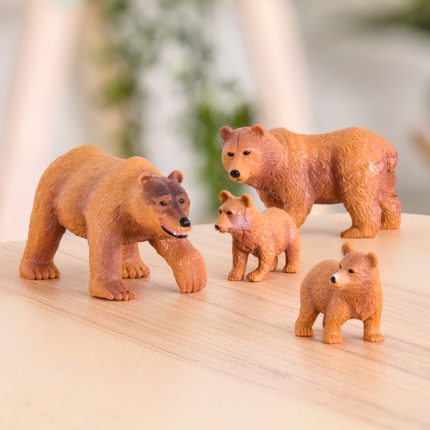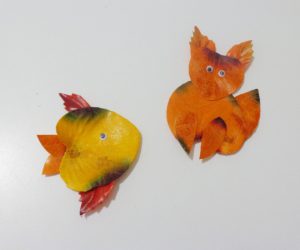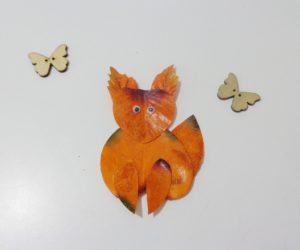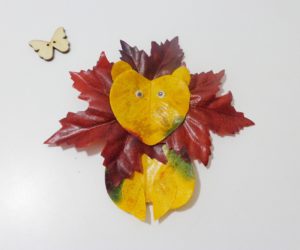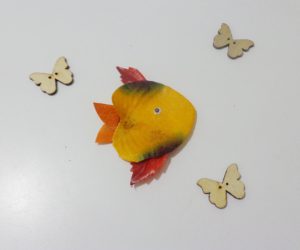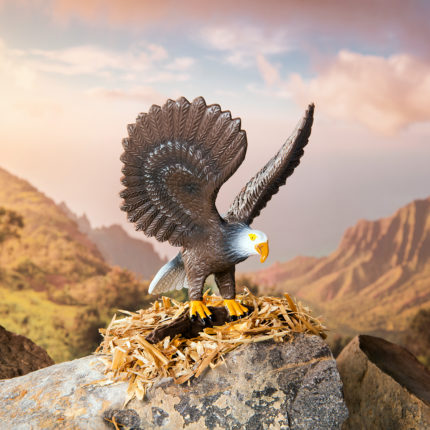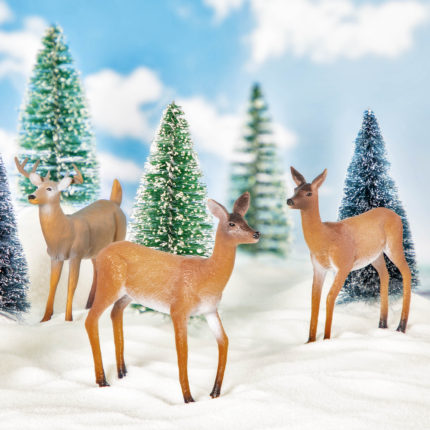Winter Wonderland
Listen. Can you hear that? It’s the winds of change – and they are getting cooler. Winter is just around the corner. But our animal buddies have known that for some time now. For many of us, winter time meaning getting cozy, layering up and preparing for the holidays. Creatures of all kinds adapt to the season ahead but there are 100% natural and build-in! How exactly depends on not just the species but the animal itself and its methods in preparation range from hibernation through to migration. Let’s examine a few, shall we?
Eat, Rest & Digest (Repeat.)
For bears, fall is basically an all-you-can-eat buffet. North American bear species start a process called hyperphagia, eating and drinking as much as they can to gain weight for their long winter hibernation. A single bear can eat upwards of 90 lbs of food in one sitting! And you were impressed when you went for that 3rd slice of pizza?! Hibernation is a period of inactivity, where the bears sleep and their heartbeat slows and temperature drops. Grizzly bears and black bears do not get up to eat or eliminate during hibernation months. Instead, they survive off of fat reserves to sustain themselves. The bear’s body actually recycles fat metabolism by-product and uses it to build protein for their muscles. Strange? Perhaps. Cool? Most definitely. Can you guess which type of bear doesn’t hibernate in the winter? It rhymes with solar flares.
Do-it-Yourself Leaf Animal Art
As the weather drops so do the leaves! With a range of shapes and colors, they are perfect for crafts. If you do not have leaves in your neighborhood, do not worry! This fantastic DIY Leaf Animal Art can work with real or artificial leaves. Let’s get started!
Here are some of the leaf animal we created to give you some ideas. Why not use your imagination and discover more!
You will need:
- Craft scissors
- Glue Stick
- Artificial leaves
- Googley Eyes
- Newspaper or paper to protect surfaces
We hate to LEAF you but love to see your DIYs! Tag us @terrabybattat for the chance to be featured on our Instagram story!
Home & Abroad
Many birds migrate to warmer climates in the south for the winter. Migratory birds can travel a wide range of distances, some as far as 16,000 miles. For example, the humble barn swallow is a true long-distance migrant! They fly from North America to southern South America, frequently returning to the same area year after year. There are some birds that do not migrate but prepare in unique ways for the coming winter. Ptarmigans, the, Rock, Willow and White-tailed, are one of the most highly adapted species of birds to the cold. They burrow into the snow, creating cozy caves that can be a foot deep, to offer warm and protect against frigid winds. Brown birds in the summertime, by autumn these feathered friends are entirely white – enabling them to blend in seamlessly with snow. If that is not enough nature magic, the Ptarmigan has another winter wonder under its wing! Its feet grow dense feathers on the top and bottom, and its claws grow longer creating its very own snowshoes.
What a Tale, No White Lies.
The white-tailed deer has incredible adaptations and behaviors that allow it to survive harsh winters across a variety of territory. Instead of going online to purchase a cool new winter coat – they grow one! Their summer coat gives way to thicker, longer and darker hair that is especially suited to absorb the sun’s rays and trap in the body’s heat. Another body-bonus, deer possess oil-producing glands under the surface of their skin; these make their hair water repellent a big advantage in snowy months. White-tailed deer can lose up to 30% of their body weight through the cold months. No gym required.
We have only scratched the surface on the fascinating ways various animals prepare for the colder months on the horizon. Nature is truly incredible and endlessly fascinating! How do you like to prepare for wintertime?
